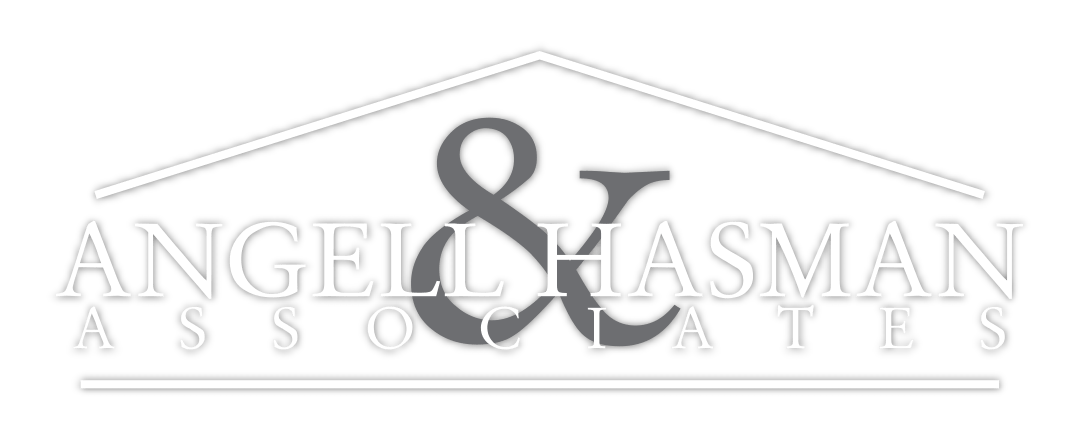
The process of lending to a new home or condominium in Canada consists of several important steps:
• selection of a lender (Canadian bank or private lender),
• lender’s assessment of your financial condition,
• his prior consent and choice of loan conditions.
Step 1 – Choosing a Lender – to get a mortgage in Canada, for residents and non-residents
It can be any bank or mortgage broker. In many banks, in addition to employees in branches, there are also “mobile” agents. It is better if the buyer has a bank in which he is constantly serviced, although this does not matter for a mortgage broker. He will be able to find an offer that will have a low interest rate, acceptable conditions for the buyer. In most cases, banks pay for the work of a mortgage broker. He does analytics, but at the same time we do minimal work.
Step 2 – Obtaining Prior Mortgage Permission
Prior authorization should be obtained before the search for residential real estate is completed. The lender will look at how much you get for your work, how much you can pay as a down payment. He will be interested in whether you pay taxes, what is your credit history. If you are a citizen of another state, then the relevant documents will be needed from the country where you previously lived.
A mortgage permit is issued in writing. Its validity is 90-120 days. it spells out guarantees on interest rates. You need to understand that permission is not a guarantee that the lender will give you money to buy a house. But he needs to know which house you are buying and whether you can pay for it. Often, lenders require real estate appraisal, which is carried out by independent experts. Permission is more necessary for you. It will help you understand what you can afford to buy.
Step 3 – Choosing a Mortgage Terms
As soon as the right to a mortgage is obtained, it will be necessary to understand what its term, depreciation, and also the rate, its type will be. Read our article further and you will find out what these terms mean. It is better to know a lot to be prepared for everything that will happen in the near future. Some conditions can be changed after the purchase of housing, and you will receive documents on the property.
Loan terms
This is the time for which the bank will save you money (6 months, 1 year, 2 years, … up to 5 years) and you manage to pay only part of the debt. Therefore, when the deadline expires, you agree on a new one with your bank or you can switch to another bank for better conditions. You can also pay the remaining amount in full. Choosing a mortgage term is not very simple. It requires awareness of market trends, as well as the correct assessment of the level of risk that you are willing to accept. For example, you chose a 6-month term with 2.8% compared to a 5-year 3.1%, and interest rates rose sharply after a couple of months.
Depreciation period
The determination of such a period affects the amount of payment that will need to be paid each month. It also affects the value of residential real estate, which you can afford. Only some buyers are able to fully repay the mortgage for six months or several years, because every month you have to pay a lot of money. To pay less, lenders set a long-term depreciation period, usually 2.5-3 decades. The longer this period, the less you will have to pay. But you need to know that you will pay a lot of interest. Moreover, this period can be changed if your financial conditions have changed.
Payments
The payment, which is paid every month, includes part of the principal amount and interest payments. Each payment makes your debt less. Next month you will have to pay the same amount, but the main debt will be less. The bank may allow a shorter period to pay the entire mortgage by setting a different payment mode, for example, 2 times a month. You can pay a large amount. What to do in a particular case? It is better to ask your creditor such a question.
Interest rate
This is the amount you have to pay for using borrowed money. The rate may vary, it depends on the economic situation in the country. The rate may be fixed or variable. The amount of bets in Canada, as a rule, is from 2.8 to 4%.
The fixed rate does not change throughout the mortgage. It is better to choose such a rate if it is known that the economy can affect its growth. Then there will be no risk that in the future it will be necessary to pay more. Another case – a fixed rate due to the influence of the economy may decrease, but you will have to pay at the rate that was set when you received the mortgage. Then it will be unprofitable for you.
A changing rate is a rate that changes in accordance with changes that affect the bank’s interest rate. Well, if it becomes lower, then you will automatically pay less. This mortgage option is beneficial if interest rates are expected to decline in the future. Often, lenders make sure that the borrower moves from a changing to a fixed rate. But it is impossible to go back.

